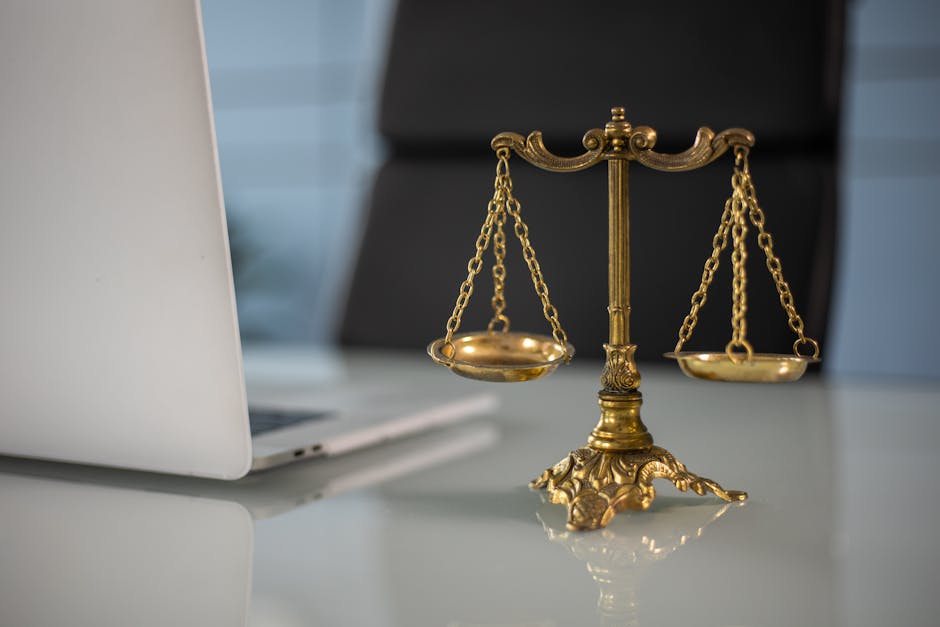- Article 142 empowers the Supreme Court to deliver “complete justice” in pending cases, even if it means filling legislative gaps or overriding laws temporarily.
- Vice-President’s criticism: Jagdeep Dhankhar called Article 142 a “nuclear missile against democratic forces” after its use in the Tamil Nadu Governor case, where SC intervened regarding pending bills.
- Supporters argue Article 142 is a necessary tool to protect constitutional values and rights, acting as a check on executive overreach, especially when Governors delay assent to bills.
- Critics highlight subjectivity: The lack of a clear definition of “complete justice” raises concerns about judicial overreach and separation of powers.
- Court’s Self-Imposed Limits: The Supreme Court has historically exercised self-restraint when using Article 142, but the debate continues regarding its scope.
-
Tamil Nadu Governor Case: The Supreme Court’s intervention involved setting time limits for Governors to act on bills, sparking debate about the balance of power.
-
Arguments in Context Those against Article 142 over-reach need to consider whether Governors appointed to non-ruling party states are acting independently of the Central government.
